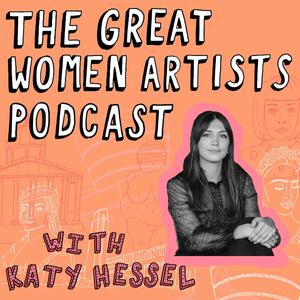Hilton Als on Diane Arbus and Alice Neel
I couldn’t be more excited to say that my guest on the GWA Podcast is one of the most renowned writers, curators, critics, and cultural commentators in the world right now… Hilton Als!
A Pulitzer prize winner, a recipient of a Guggenheim Fellowship, and the theatre critic at the New Yorker, where he has been writing since 1994, Als is also the author of numerous books – from White Girls (a collection of 13 literary essays, exploring race, gender, interpersonal relationships) to more recently, My Pinup, an intimate study on his friendship with Prince. He is a teaching professor at Berkeley, and has held previous posts at Columbia, Yale, and more.
Als has been one of my favourite writers, and curators, on art since I can remember. He writes in a manner that is intimate, with emotion and rigour, infusing it with stories from his upbringing in Crown Heights in Brooklyn to ones with more complex family dynamics.
And there is a humanity at the centre of it: whether it's his ability to make us see artists as people – with their struggles, desires, needs and complexities – or his belief that we can all be artists too. Often tracing the city of New York through images and words, he unearths stories that were often cast out from mainstream institutions but feel so pertinent for the world today. From Alice Neel to Diane Arbus, whose work and subject he treats with such empathy, not only can he transport us to the exact street where Arbus took that picture, or to Neel’s 108th street apartment, but writes so acutely on the mediums they used.
On photography vs painting he has said: The former takes life as it comes, in an instant, but can be described as a series of selective moments. Painting, on the other hand, has time on its side, the better to know, delve, and express what it’s like for two people to sit in a room, observing one another while talking or not talking about the world.
And it is the latter that I still remember experiencing, being a gallery assistant in my early 20s at Victoria Miro, at the time of one of his many brilliant curated exhibitions – Alice Neel, Uptown – when I saw the whole world walk in, recognise themselves and feel seen and celebrated – which, I think, is the best outcome an exhibition can have…
In this episode we discuss the power of language and the importance of sharing it; Hilton's introductions to art; his early days as a photo-editor that informed him as a curator; and his takes on Diane Arbus and Alice Neel.
HILTON'S WRITING + CURATING:
https://www.penguin.co.uk/books/308056/white-girls-by-als-hilton/9780141987293
https://hammer.ucla.edu/exhibitions/2022/joan-didion-what-she-means
https://www.davidzwirner.com/exhibitions/2019/god-made-my-face-collective-portrait-james-baldwin
https://www.newyorker.com/magazine/2021/04/26/alice-neels-portraits-of-difference
https://www.davidzwirner.com/exhibitions/2017/alice-neel-uptown-curated-hilton-als
https://www.davidzwirnerbooks.com/product/alice-neel-uptown
--
THIS EPISODE IS GENEROUSLY SUPPORTED BY THE LEVETT COLLECTION:
https://www.instagram.com/famm.mougins // https://www.merrellpublishers.com/9781858947037
ENJOY!!!
Follow us:
Katy Hessel: @thegreatwomenartists / @katy.hessel
Sound editing by Nada Smiljanic
Music by Ben Wetherfield
https://www.thegreatwomenartists.com/
22 November 2023, 12:00 am
